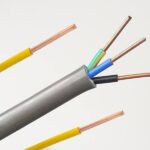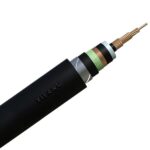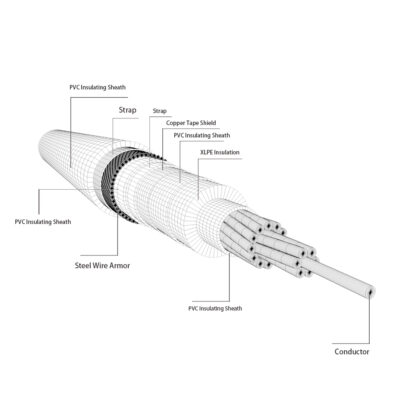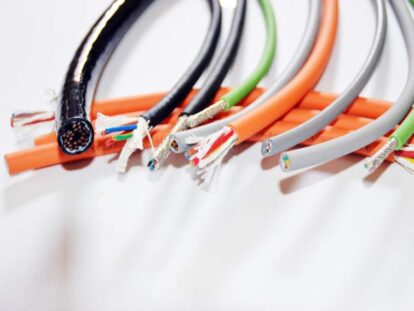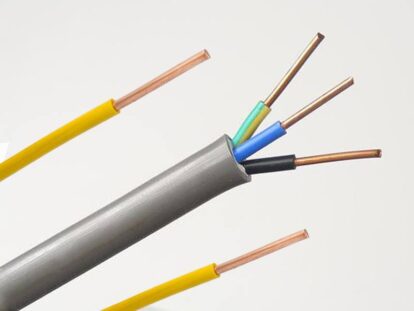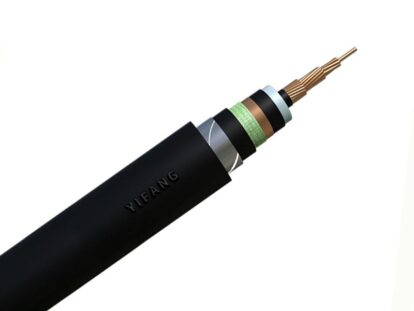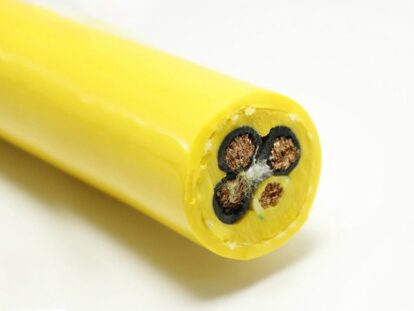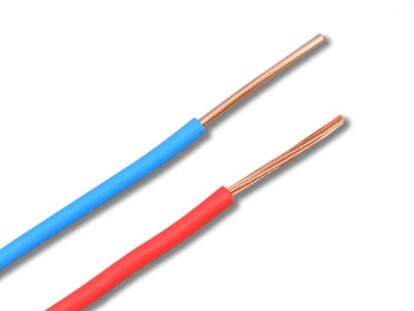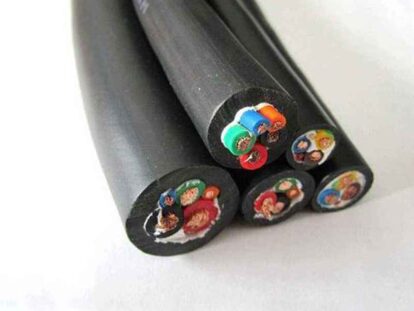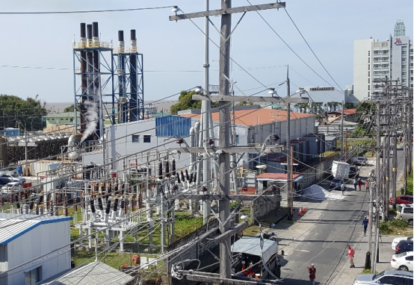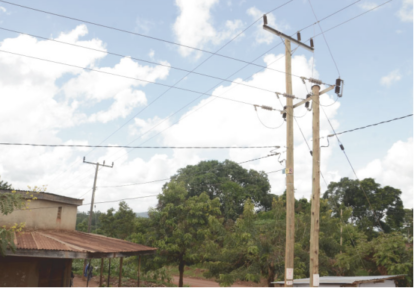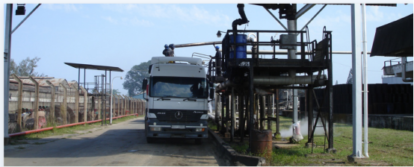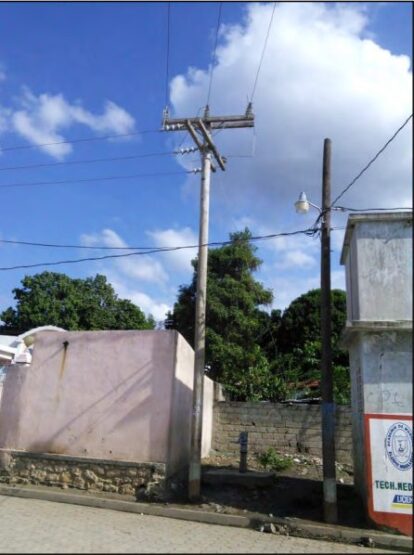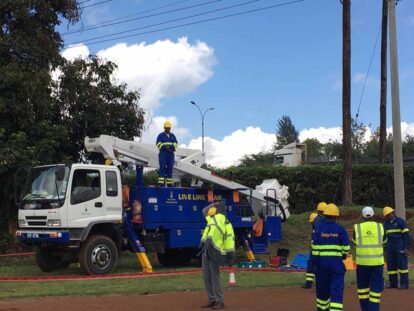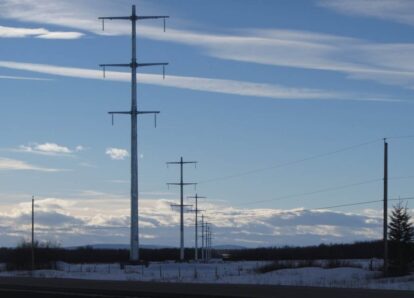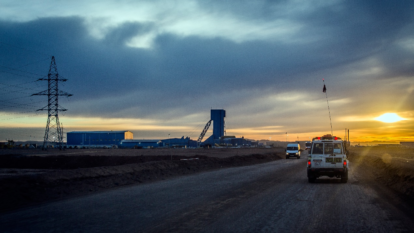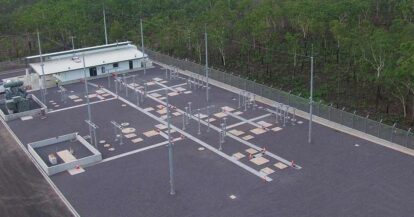What is stay wire? A stay wire is a metal cable that helps stabilize a structure, such as a building or bridge. It is installed by running it through holes in the structure's beams and attaching it to anchor bolts at each end. Stay wire helps prevent a structure from swaying or collapsing in high winds or earthquakes.
If you're interested in learning more about stay wire, keep reading! We'll explain everything you need to know about this unique fencing option.

What is a stay wire?
A stay wire is a type of guy wire used to support various structures, including towers, masts, and poles. Stay wires are typically made from high-strength materials, such as Steel or stainless Steel, and can be either static or dynamic.
Static stay wires are commonly used for guyed structures that do not experience significant wind or seismic loads, while dynamic stay wires are designed for structures that are subject to these types of loads. Stay wires are an essential part of many engineering applications, and their use can help to ensure the safety of both people and property.
What does it do?
A stay wire is a type of tension member used in construction to support vertical members such as poles, masts, and towers. Stay wires are typically made from high-strength Steel or stainless Steel. They can be either guyed (attached to anchors at multiple points) or unguyed (attached at only one point).
Stay wires are essential to many structures, including bridges, power lines, and communication towers. They help to ensure the stability of the structure and prevent it from toppling over in high winds. In some cases, stay wires may also be used to provide support for horizontal members such as beams and trusses.
How to install a stay wire?
Installing a stay wire is a relatively simple process that can be completed in a few hours. The first step is to mark the location of the postholes on the ground. Using a spade, dig holes that are at least two feet deep and wide enough to accommodate the posts. Once the posts are in place, concrete should be poured around them.
Once the concrete has been set, attach the stay wire to the posts using clamps or turnbuckles. Finally, use tools to tension the wire and secure it in place. Following these steps, you can easily install a stay wire that will support your fence or other structures.
Stay Wire Usage
For wiring installations, strands made of galvanized wires will be used. These wires can withstand the mechanical load. Stay wire manufacturers mainly deal in projects that are connected to electricity. These wires are used to "stay" power poles and tower structures, hence the name. These wires are often referred to as "guy wire".
If heavy equipment needs to be held steady in structures such as cell towers, utility equipment, or heavy construction sites, stay wires can be used. These situations can lead to the poles becoming bent or twisted due to the continuous load. The keep wire for an electric pole provides horizontal support for the long load.

Stay Wires: Components
The stay wire price may vary depending on the quality of the components. These are the main materials:
- Steel that has high tensile strengths for stressing
- For structural and anchorage purposes, forged Steel is used
- Pre-Stretching Steel and components of structural Steel can also be coated with zinc or another corrosion-protective coating
- To protect anchorage and strands, wax can be used as a filling material.
- Pre-restressing strands are covered with polyethene sheathing.
- Guide deviators and damping devices are made of rubber.
How to choose the right stay wire for your project?
When choosing the right stay wire for your project, there are a few things you need to consider. Material is the first factor to consider. There are two types of stay wire - galvanized and stainless Steel. Galvanized wire is less expensive but it is also more susceptible to corrosion.
Stainless steel wire is more expensive, but it will last longer and is more resistant to corrosion. The second thing you need to consider is the wire's size. The size of the wire will be determined by the weight of the object you are trying to support.
The heavier the object, the thicker the wire you will need. Finally, you need to take into consideration the length of the wire. As you place the object, the length of the wire will be determined by how far away it is from the support structure. All of these factors must be considered when choosing the right stay wire for your project.
The main aspects of stay wire use
Utility Poles for Power Systems
They are underground and strong enough to stand on their own. They are only needed in certain poles to support unbalanced lateral loads. The stay wire manufacturer inserts a strain insulator made of fibreglass or ceramic near the top to protect against faults.
Antenna Mast
Stay wires are designed to support mast antennas because of the electromagnetic fields that emanate from them. In addition, strain insulators are used to separate each wire into multiple sections, which helps in preventing distortion of the radiation pattern.
Static electricity can be generated by sections of conductive stay wires, especially on tall masts. This static electricity can produce a voltage surge that is many times greater than the one generated by the transmitter. Therefore, the insulators must be designed to prevent dangerous discharges.
Sailing
The stay wires are used to rig the sailboat mast. The stays are rigged at the bow and stern. Spreaders are used to keep the mast straight, and multiple stays can be installed. On a sailboat, temporary stays can also be used.

The Features of a High-Quality Stay Wire
Stay wires for electric poles that are high-quality can last for many years. The following features should be considered:
- The material used in manufacturing
- Stitching pattern
- Design and tension are used
- Weight of the coating
- Gradual level of coating adhesion
- The final touches to the wire
It is important to choose carefully, considering many factors and not relying solely on the stay wire price. A safe and sound choice will be long-lastingly beneficial.
What are the benefits of installing Stay wires?
Stay wires are most commonly used in power line construction and suspension bridges. They support these structures by countering the tension created by the weight of the structure and the forces of nature acting upon it.
In addition to their use in construction, stay wires also have several other potential applications. For example, they can be used to provide support for trees and other plants, reducing the likelihood of damage during high winds.
They can also support fences, preventing them from being toppled by strong gusts. In each of these cases, stay wires offer a cost-effective way to provide extra support. As a result, they are an essential tool for anyone responsible for maintaining or constructing outdoor structures.
The different types of stay wires and their uses
There are a variety of stay wires available, each with its own benefits and uses. One of the most common types is galvanized Steel, which is used in everything from electrical transmission lines to fences. Galvanized Steel is coated with a zinc layer, which helps resist corrosion. Another popular choice is stainless Steel, which is prized for its durability and strength.
Stay wires can also be made from copper or aluminum, although these metals are less common due to their high cost. No matter what material they are made from, stay wires are essential in providing support and stability.
Where is the stay wire needed, and why is it necessary?
The stay wire supports a mast or other structure and is essential to any wireless communication system. An aluminum or galvanized steel wire is attached to a structure near the top of the structure. The other end of the wire is anchored to the ground, typically using a metal stake.
The stay wire helps to hold the structure in place and prevents it from toppling over in high winds. Additionally, the wire helps to dissipate static electricity that can build up on the structure and interfere with the operation of the communication system.
As a result, the stay wire plays an important role in ensuring the reliable operation of any wireless communication system.
The primary purpose of stay wire in the Electricity Distribution industry is to balance the load on an electric pole. The load on the pole will be vertically down if the electric line is straight.
However, the pole's horizontal load is available at the junction point or when the electric line curves. This continuous load can cause a pole or line to bend over time. Therefore, a stay is required to balance the horizontal portion of the load on the pole.




